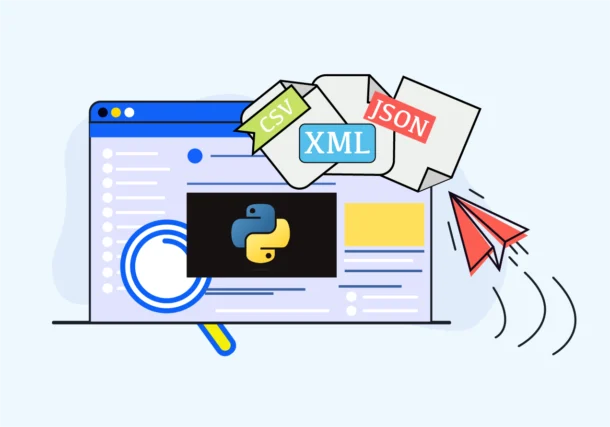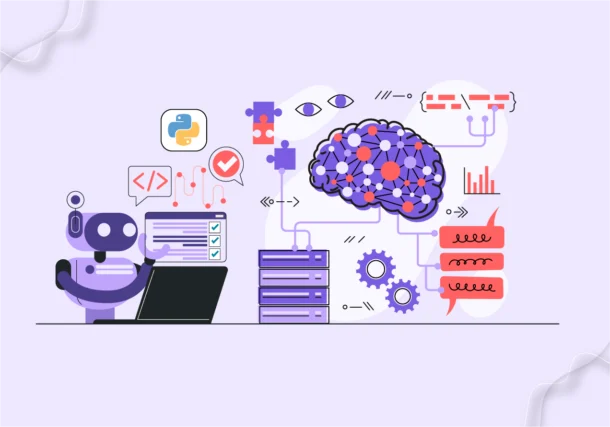Untapping into the area of Python in Data Analytics
Nowadays, Python and data analysis have surfaced all over the internet. But are you certainly aware or familiar with what data analysis is? Data analysis is, but wait before dwelling into the discussion whirlpool let first understand the term, “analysis”. Analysis is a process of answering two questions; that is “How” and “Why”.
Let’s place an example here, how was the revenue of the ABC company last year? Or maybe why did the sale of ABC company drop out last winter? So to answer all of the above questions, there is always a set of data that has already been collected and stored. Then these data are filtered accordingly and that eventually becomes data analysis. So overall data analysis is the method of collecting and analyzing the data using several statistical and logical methods and techniques.
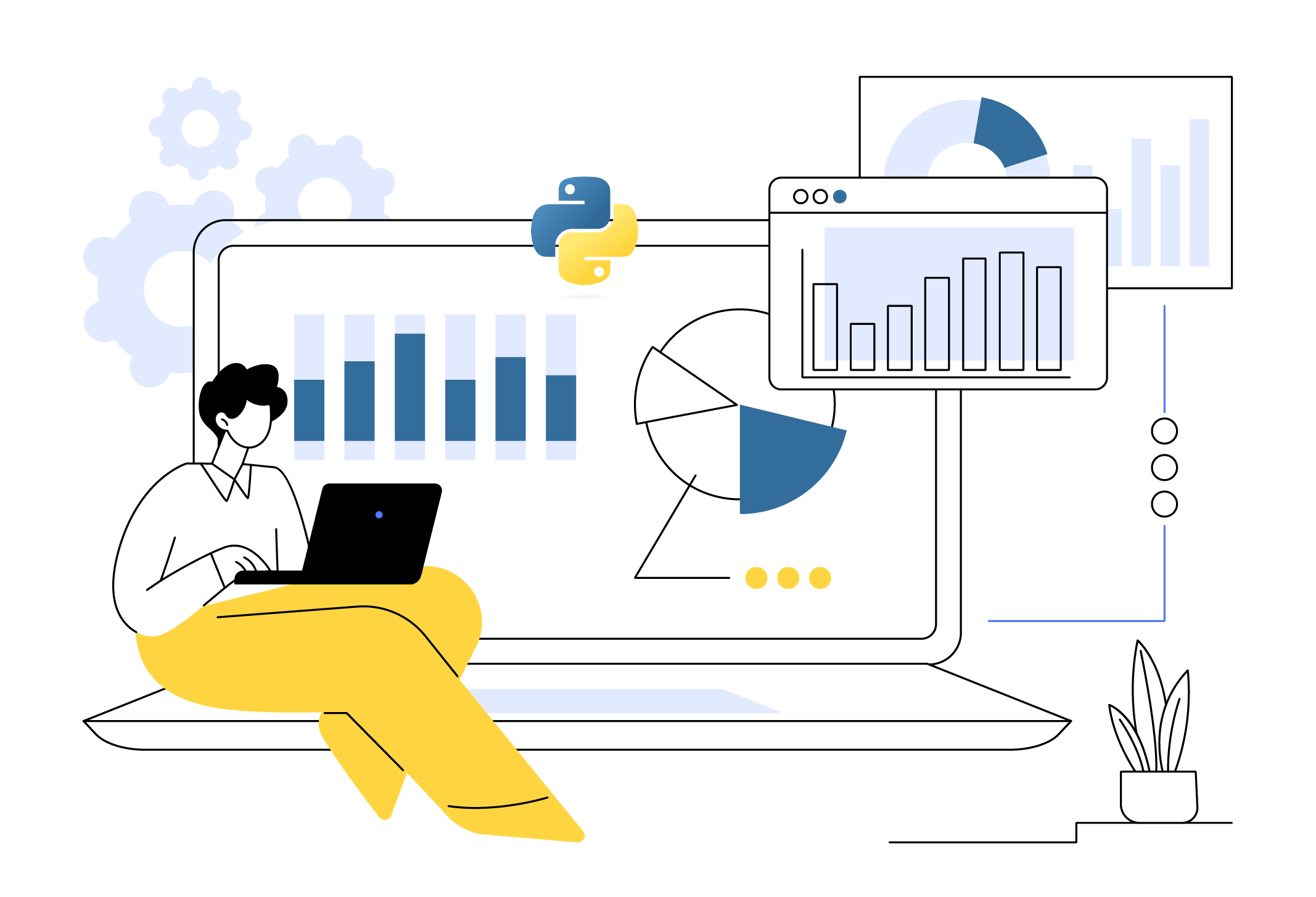
There are times when Python is used for analyzing the data. What Python? Yes, you have read it right! Python for data analysis is the process of collecting and analyzing data with the help of libraries and tools. We all are aware that Python’s popularity is due to its versatility, simplicity, and the rich ecosystem of libraries that have been used to carry out tasks like data manipulation, visualization, and statistical analysis.
But if you want to learn more about it, then you are at the right platform to gain more knowledge about Python for data analysis. We will also deal with the Python libraries that are used in analyzing the data along with some case studies of data science that have been solved using Python. So let’s understand this topic!
Understanding the Power of Python in Data Analytics; Why Choose Python?
Python for data analysis is the process of utilizing the Python programming language alongside its libraries and tools for handling and interpreting all the data. This includes tasks like manipulating data, creating visual representations, performing all the statistical analyses, and implementing machine learning algorithms, hence due to all these factors, Python stands out as a powerful tool for extracting insights and value for data across various domains and sectors.
But exactly why choose Python for data analysis? Here is the reason why, the first merit or reason is Python has a very simple and intuitive syntax that makes it accessible to beginners and experienced programmers as well. Also, its readability and clean syntax reduce the time that is needed for learning and development.
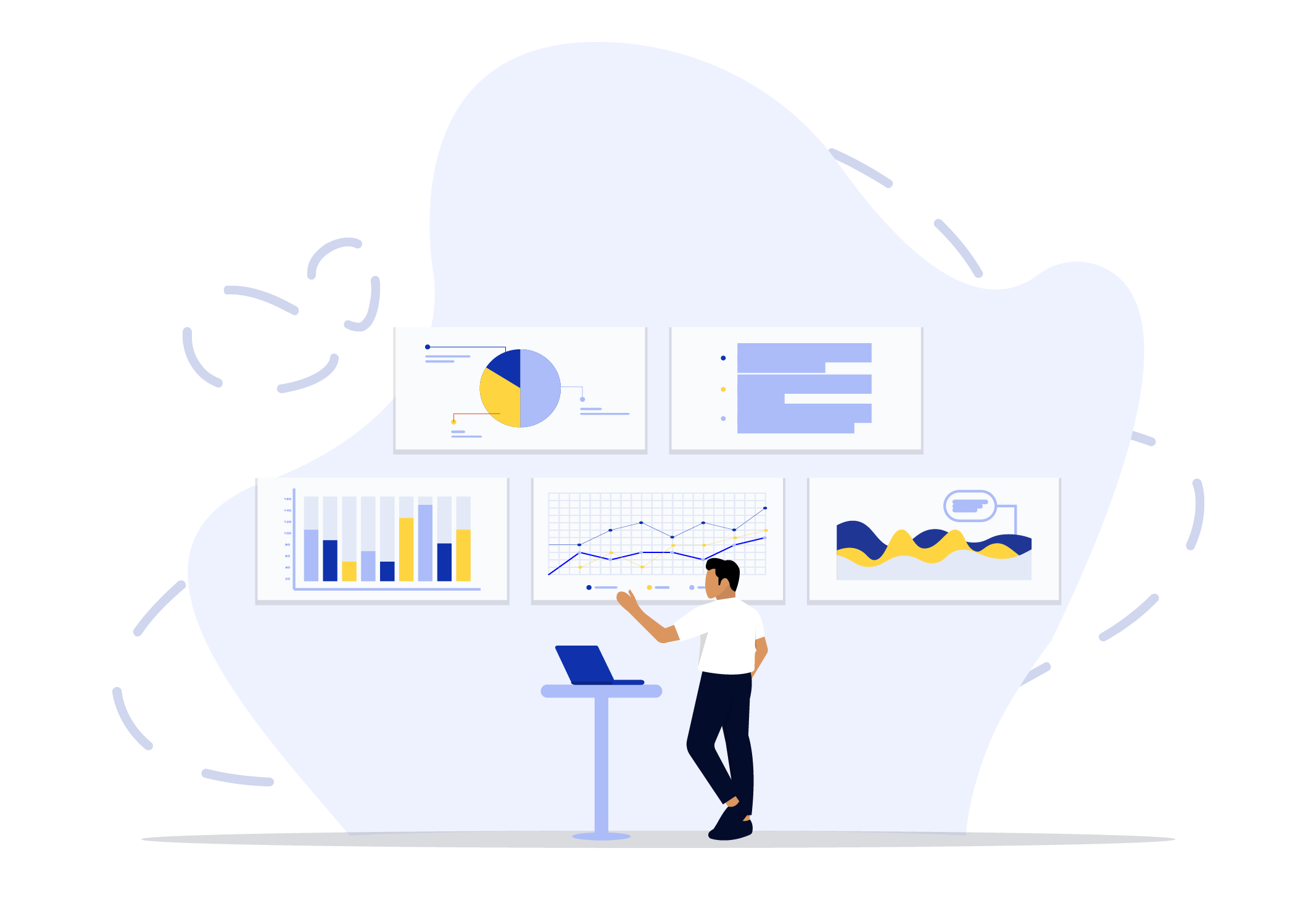
The second reason is that Python in data analytics boasts a wide range of ecosystems of libraries that are certainly designed for data analysis like Pandas, NumPY, Seaborn, Matplotlib, etc. Also, python for data analysis offers a rich community support of developers and even data scientists who contribute to its growth and development. Moreover, python is platform-independent which means that the code written in Python can run in a unified way on various operating systems like Windows, Linxus, etc.
Besides, python can easily integrate with several other languages and tools that enable data analysts to utilize the existing code and infrastructure effectively. Not forgetting about Python’s versatility that it is not only limited to data analysis, but can also be used for a wide range of tasks like web development, automation, or scientific computation. Hence this versatility makes Python a valuable asset for data science as well as several other domains.
Distributing the Python Libraries for Data Analysis
Now let’s discuss the data analysis using Python libraries that make all the collected data efficient. The libraries that have been used are Pandas and Numpy. Matplotlib and seaborn. The first library is Panda which is used for data manipulation and analysis. It provides data structures like Data Frame and Series that excel in handling structured data with exceptional efficiency.
By adding Panda to Python’s ecosystem, it facilitates versatile data operations that entirely enable users to manipulate, clean, and properly analyze the dataset. The second library is NumPy, which is fundamental for scientific computing in Python. It offers indispensable support for arrays, matrices, and all mathematical functions. Also, python for data analysis offers a robust functionality that plays a vital role in conducting all the numerical operations with precision and efficiency.
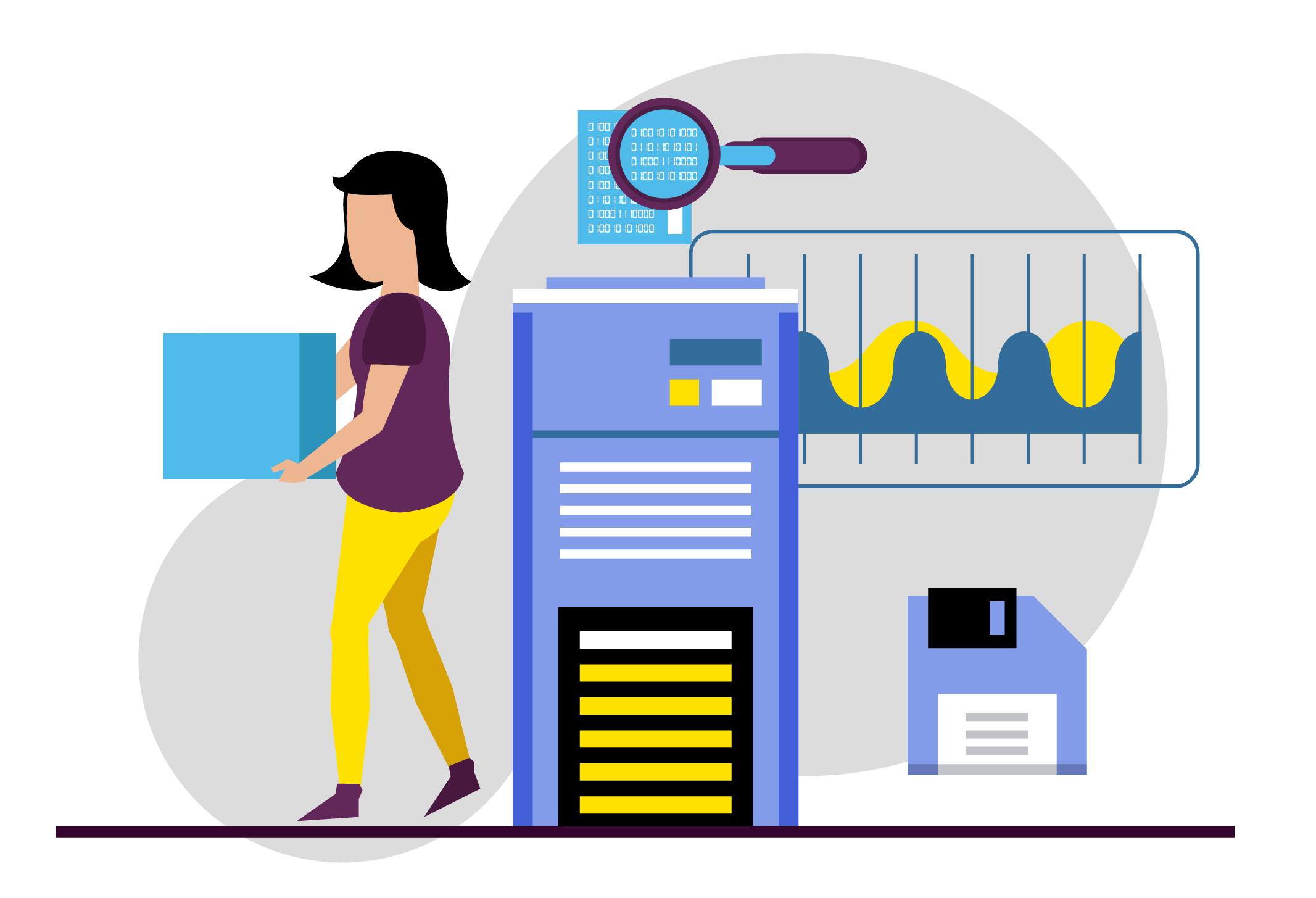
Numpy allows researchers and data scientists to handle all the scientific challenges. Matplotlib is another Python library that allows the creation of static, animated, and interactive visualization in Python. These visualizations help to transform complex data into charts and graphs respectively. Also, Matplotlib offers a comprehensive toolkit for conveying data insights effectively.
Matplotlib’s integration with Python’s scientific computing stack further improves its utility, making it a more invaluable resource for researchers, analysts, and developers seeking to visualize data with precision and clarity. Seaborn is another type of library in Python for data analysis that has also been used for creating visually appealing and informative statistical graphics. With its perfect functionality, it entirely simplifies the creation of a compelling visualization that is ideal for exploring and presenting datasets with perfect clarity and depth of any data.
Analyzing the Pathonic Path of Data Analysis Workflow using Python
Sometimes, handling a huge mess of data where it needs to be organized, cleaned, analyzed, and transformed into actionable insights can be nerve-wracking. That’s where Python comes into the picture to streamline the entire data workflow. As mentioned often all data comes in a mess and needs to be cleaned, and organized respectively. Python offers a powerful library like Pandas, and NumPY that allows one to import all the data from several other sources and clean up it in an effective manner to transform it into an organized manner. Once all the data is cleaned, these data are then shoveled deeper. Python allows us to perform an EDA, or Exploratory Data Analysis with ease.
Python libraries like Matplotlib and Seaborn additionally provide data visualization tools that allow the creation of basic informative charts and graphs that uncover all the hidden patterns and trends within the collected data. Moreover, these data also represent simple visualization and Python offers a statistical library that allows to carry out in-depth statistical analyses.
Also, Python in data analytics allows developers to test hypotheses, identify the relationship between all the variables, and build strong statistical models that entirely can predict the future. Once everything is completed Python helps to transform all the uncovered findings into actionable insights. Python is considered to be an integral tool for data analysis that completely provides a comprehensive suite of tools that gives directions for every phase of the analytical process.
Opening the Panorama of Case Studies of Python in Data Analytics
Python in Data Analytics can be used in various sectors, the first case study is in the retail sales analysis to identify all the trends, seasonality, and patterns in sales. Python libraries like Pandas, Matplotlib, and Seaborn can be preferably used for data manipulation, visualization, and analysis. Another case study would be to analyze the market basket to identify all the frequent co-occurring items in the customer purchase. Making utilization of techniques like the Apriori algorithm that can be integrated using libraries in Python like mixed.
Customer segmentation is another use of Python in data analytics that is entirely based on their purchased behavior, demographics, and other attributes. Most of the techniques like hierarchical clustering can be embedded using libraries like Scipy or Scikit-learn. Moreover, python for data analysis can also be used in performing financial analysis of a company. Python libraries like Pandas and NumPY can be used for manipulating data while all the libraries like Matplotlib and Seaborn can be used for visualization.
Furthermore, it is also used in analyzing healthcare data to identify all the patterns, trends, and insights that can effectively improve patient care or operational efficiency. Python libraries like pandas, matplotlib, and seaborn can be used for data analysis and visualization, while libraries like sci-kit-learn can be used for predictive modeling.
Moving Towards the End of Python in Data Analytics with Pattem Digital
Let’s tale down the conclusion for this blog, as we have discussed Python stands out as an indispensable tool for data analysis that offers a powerful platform for extracting insights from vast amounts of data across several domains. Its simplicity, readability, and extensive library that includes Pandas, NumPy, Matplotlib, and Seaborn, streamline the data analysis process from data cleaning and exploration to visualization and modeling.
Python for data analysis has owe a capability to integrate with other tools and languages further enhances its appeal, making it the preferred choice for data analysts and scientists worldwide. Through case studies spanning retail sales analysis, market basket analysis, customer segmentation, financial analysis, and healthcare data analysis, Python in data analytics showcases its dynamic power to uncover all the actionable insights that drive more informed decisions and innovation.
Additionally, Pattem Digital is a leading company that offers Python development services to deliver innovative solutions across several industries. Moreover, implementing Python’s robust capabilities makes sure that businesses can drive more meaningful insights and optimize their operations. With a dedicated team of Python experts and a commitment to innovation, Pattem Digital continues to pioneer transformative solutions that propel businesses forward in the digital age.




